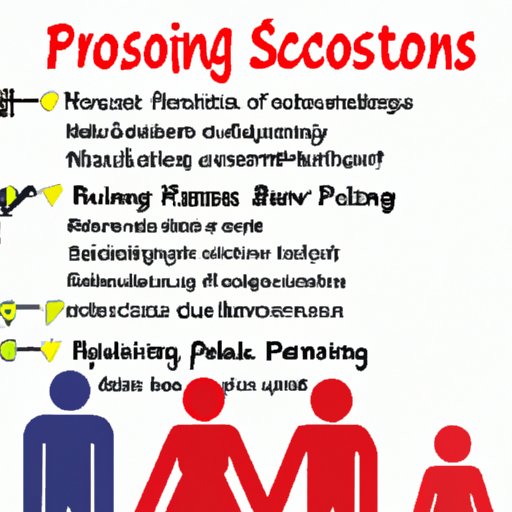Introduction
Redshirting is a practice of delaying a child’s enrollment in school for one year. It is commonly used to give children an advantage by allowing them to gain skills and maturity that they may have otherwise been lacking when they start school. While there are many advantages to redshirting, there are also some potential drawbacks that should be taken into consideration. In this article, we will explore how redshirting works and examine the pros and cons of using this practice.
Explaining the Basics of Redshirting in Education
Redshirting has become increasingly popular in recent years as parents strive to give their children every advantage possible. The practice of redshirting dates back to the 1950s, when it was used to give children an extra year of physical and emotional development before entering school. Since then, the practice has become more widespread and is now used to give children an extra year to gain skills or academic knowledge that they may not have otherwise had at the start of kindergarten.
It is important to note that redshirting is not the same as grade skipping. Grade skipping is when a student is allowed to skip a grade level and move up to the next grade. Redshirting, on the other hand, is when a student is held back from enrolling in school for a year. While both practices can be beneficial, they are distinct from each other and should not be confused.
Examining the Impact of Redshirting on Student Success
Many studies have been conducted on the impact of redshirting on student success. Generally, the results show that students who are redshirted tend to perform better in school than those who start school at the normal age. Studies have shown that redshirted students tend to have higher grade point averages, better standardized test scores, and higher graduation rates. Additionally, redshirted students tend to be more mature and better able to handle the pressures of school.
While these results are encouraging, it is important to note that redshirting is not a guarantee of success. It is still possible for students who are redshirted to struggle in school. Additionally, there are some potential drawbacks to redshirting that should be taken into consideration. For example, a redshirted student may experience feelings of being “behind” or “left out” when compared to their peers.

Investigating the Different Types of Redshirting
There are several different types of redshirting that can be used. The most common type is chronological redshirting, which is when a student is held back from enrolling in school for an entire year. There is also partial redshirting, which is when a student is held back from enrolling in school for part of a year. Additionally, there is educational redshirting, which is when a student is given an extra year to gain skills or knowledge that they may not have otherwise had when they start school.

Analyzing the Pros and Cons of Redshirting
Any decision to redshirt a child should be made carefully, taking into consideration both the advantages and disadvantages of the practice. On the plus side, redshirting can give a child an extra year to gain skills and maturity that they may have otherwise been lacking. Additionally, redshirted students tend to perform better in school than those who start school at the normal age. Finally, redshirting can be beneficial for students who are behind academically or emotionally.
On the other hand, there are some potential drawbacks to redshirting. For example, a redshirted student may feel like they are “behind” or “left out” when compared to their peers. Additionally, redshirting can be expensive and time-consuming. Finally, there is no guarantee that a redshirted student will be successful in school.

Understanding the Reasons Behind Redshirting Decisions
Redshirting decisions are typically based on several factors, including the child’s age, academic and emotional development, and the needs of the school district. Parents should also consider their own beliefs and values when making the decision. Ultimately, the decision should be made with the child’s best interests in mind.
Parents also play an important role in redshirting decisions. They must weigh the potential benefits and drawbacks of the practice and make sure that their child is ready for the demands of school. Parents should also discuss the decision with their child and ensure that they understand what is expected of them.
Conclusion
Redshirting is a practice of delaying a child’s enrollment in school for one year. It is often used to give children an advantage by allowing them to gain skills and maturity that they may have otherwise been lacking when they start school. While there are many advantages to redshirting, there are also some potential drawbacks that should be taken into consideration. Ultimately, redshirting decisions should be made with the child’s best interests in mind, taking into account their age, academic and emotional development, and the needs of the school district.
In conclusion, redshirting can be a useful tool for giving children an extra year to gain skills and maturity before starting school. However, it is important to weigh the potential pros and cons before making a decision and to make sure that the child is ready for the demands of school. By understanding how redshirting works and the reasons behind redshirting decisions, parents can make an informed decision that is best for their child.
(Note: Is this article not meeting your expectations? Do you have knowledge or insights to share? Unlock new opportunities and expand your reach by joining our authors team. Click Registration to join us and share your expertise with our readers.)
